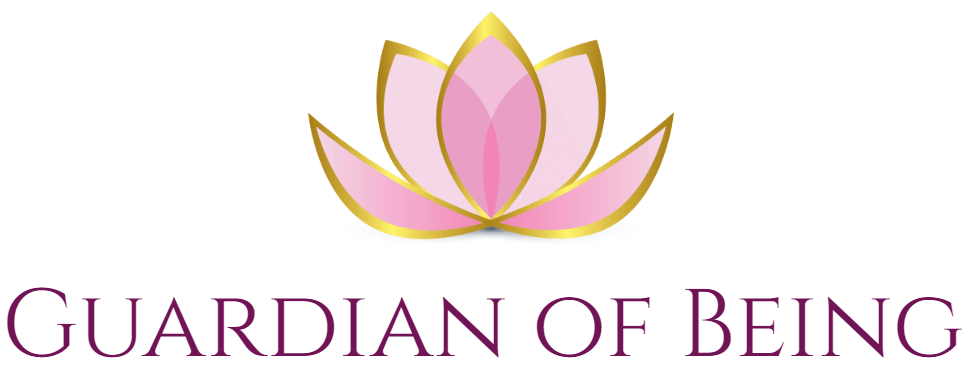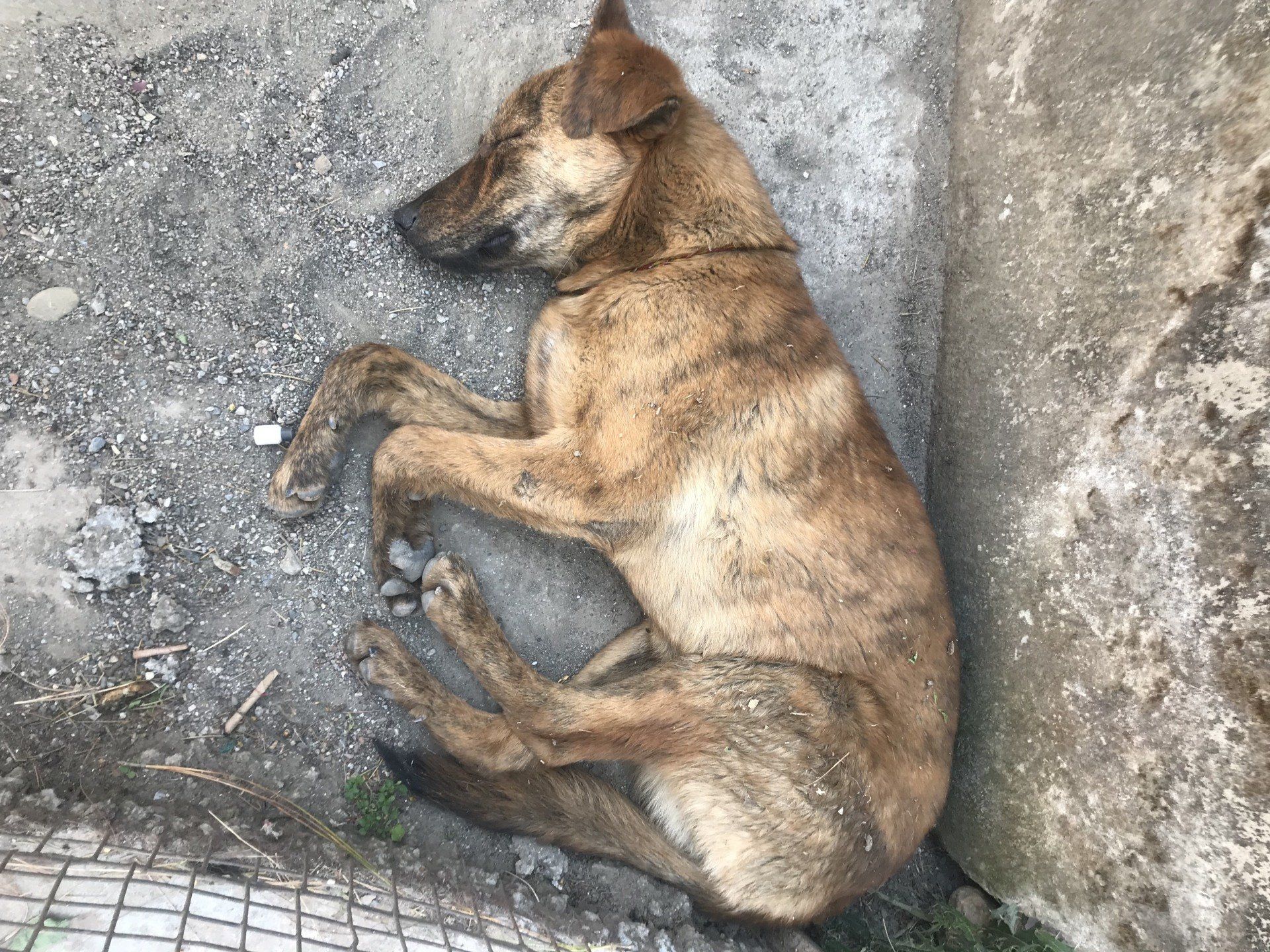Street Dogs
Most cities in India lack medical and shelter facilities for suffering street animals. Hence, it is extremely common for wounded and sick animals not receiving even the most basic medical care they most desperately need.
India’s street dog population is estimated to be 30 million, solely contributed by the lack of education on the importance of sterilization and responsibilities of taking on companion animals. While there are many in Dharamsala who love and take great care of street dogs, there are many more who are of the belief that dogs randomly bite people and the presence of dogs is dangerous. This widely held perception often leads to acts of cruelty, such as spitting, rock-throwing, kicking and other more violent acts of abuse.
The birth place of such acts is fear and ignorance of basic dog behaviour. It is a common sight of seeing both adults and children cringing and becoming defensive when dogs are going about their non-aggressive ways. Most misunderstand the dogs' intentions and become aggressive towards them. Dogs get struck for barking excitedly upon seeing another dog, or for rummaging through rubbish looking for food. They are often perceived as pests, rather than beings who share the same needs and will to survive as humans. While to become fully comfortable with dogs one must spend considerable amounts of time interacting with dogs, we have found that basic knowledge of the do’s and don’ts around dogs can significantly reduce fear, thereby protecting dogs from needless abuse.
Rescue of street animals, apart from its primary goal of saving lives of strays in dangerous neighbourhoods, victims of accidents and those threatened by ill-health and disease, is imperative in creating awareness on the value of stray lives and the importance of ensuring their well-being. By ridding ignorance of pain and suffering of street animals, we can move to higher ground of bringing to light the pain and suffering of farmed animals.
Abandoned Cattle
In India, cows are revered by Hindus who constitute 80 percent of India's population. This expressed reverence, however, is only superficially felt and executed, even in terms of laws and regulations. Although, slaughter of cows and buffaloes is illegal in 21 out of 29 states, laws and regulations do not curb or prevent the pain, suffering, abandonment and eventual death inflicted on these beings.
Cattle abandonment is rampant in India because cows and bulls outlive their usefulness to their owners, and are considered to be a crippling financial burden thereafter. As a solution, owners resort to setting spent cattle loose on the streets to fend on their own, which has caused stray cow population to be in the millions.
As of 2017, an estimated 5 million cows and buffaloes live on the streets of Indian cities alone. While most of them may look healthy, they are actually diseased or, at least, carrying some of the most dangerous food-borne and waterborne pathogens. They mainly feed on garbage, and evidence shows that their milk as well as their waste is full of antibiotics, hormones and heavy metals, some of which can cause serious illnesses in humans, while others can lead to death. Thousands of abandoned cattle die every year across India after choking on plastic bags and other toxic material that these hungry beings ingest.
Also, India’s anti-slaughter laws do nothing to prevent spent cows and buffalo (and surplus calves of both species) from being shipped to other states (and countries) where it is legal to slaughter the poor animals. In fact, ironically, further measures are in place to ensure the animals are transported under relatively humane conditions, for example, a veterinarian must check each animal and certify that she is fit for transport, to prevent overcrowding, only a limited number of animals can be loaded onto a truck and animal welfare officials must accompany the trucks to the abattoir, but these too are broken. Often, four times the maximum allowable number of animals are loaded into trucks on hundreds of kilometres of stifling heat, no food, water or rest breaks. To cover the animal abuse, truckers often tie the cows by their legs, forcing them to lie down – sometimes in a crushing pile-up – so a tarp can be thrown over the horrible sight, allowing the truck to pass through towns and cities without raising eyebrows or alerting authorities.
The demand for milk, ghee, paneer and other dairy foods is arguably more sacred in India than the cow herself. Every other dish in Indian Cuisine is laden with ghee, butter, milk and the like to appease the 'Divinity' of consuming dairy. Stopping the system and changing the culture that permits exploitation and abandonment of cattle is a slow work in progress, and more needs to be done to tackle the problem at its source.












